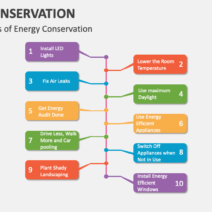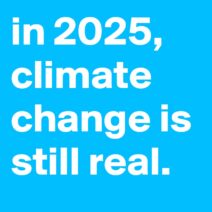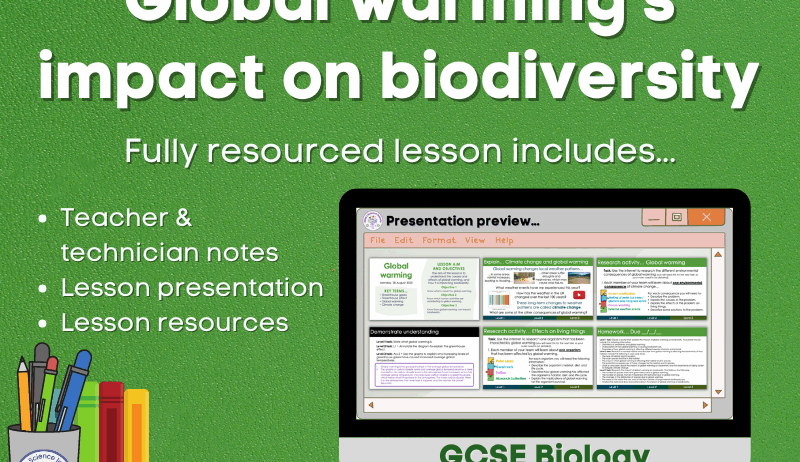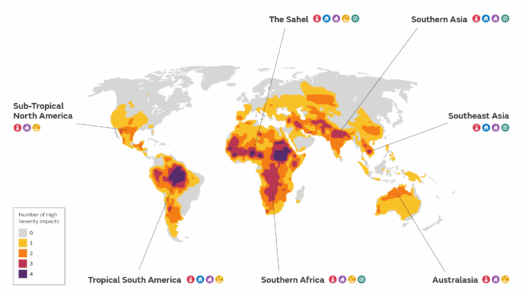Global warming stands as one of the most pressing issues of our time, permeating every aspect of our existence. The myriad effects of rising temperatures manifest not only in meteorological patterns but also in the delicate weave of biodiversity that constitutes life on Earth. The alarming reality is that biodiversity is hanging by a thread, threatening the myriad forms of life that have evolved over millennia. Understanding this phenomenon requires delving into the intricate relationships among species, ecosystems, and the overarching climatic alterations that drive this crisis.
Biodiversity, the variety of life found on Earth, plays a pivotal role in ecosystem stability and resilience. Healthy ecosystems provide essential services such as pollination, water purification, and carbon sequestration. However, global warming is now acting as a catalyst for species decline and habitat degradation. As temperatures surge and weather patterns become increasingly erratic, we observe a pervasive pattern: many species are struggling to adapt or find suitable habitats, leading to an alarming extinction rate that could accelerate significantly in the coming decades.
One of the most pronounced impacts of climate change is habitat loss. Consider the polar regions, where melting ice caps are not merely a visual manifestation of warming but a dire threat to species such as the polar bear and the Arctic fox. These creatures rely on their icy habitats for hunting, mating, and shelter. As their environment diminishes, the fragility of their existence becomes painfully apparent. Similarly, the tropical rainforests, often dubbed the lungs of the Earth, face deforestation, and altered climatic conditions, endangering countless species found nowhere else on the planet.
Yet, the impact of global warming is not confined to the polar or tropical extremes; it permeates ecosystems worldwide. Coral reefs, often described as the rainforests of the sea, exhibit a phenomenon known as coral bleaching, where increased water temperatures lead to the expulsion of symbiotic algae. This process transforms vibrant coral into ghostly white structures devoid of life and significantly diminishes fish populations that rely on these ecosystems for survival. The cascading effects ripple throughout marine food webs, compromising the very foundation of oceanic biodiversity.
The plight of pollinators, particularly bees, serves as a poignant reminder of the interconnectedness of species. As temperatures rise, the phenology—the timing of life cycle events—of plants and bees becomes misaligned. Flowers may bloom earlier or later than the period when their pollinators are active, leading to a disconnect that threatens food production. The ramifications extend beyond mere inconvenience; entire agricultural systems that depend on these pollinators are at risk, highlighting a critical nexus between climate change and food security.
Moreover, global warming fosters conditions conducive to the proliferation of invasive species. Warmer temperatures and changing precipitation patterns create more favorable environments for non-native organisms that outcompete indigenous species. These invasive species often lack natural predators and can swiftly dominate ecosystems, further exacerbating the decline of native biodiversity. This phenomenon illustrates the multifaceted challenges posed by a warming planet, as ecosystems are adapted for balance, often disrupted by foreign invaders.
The consequences of biodiversity loss extend beyond ecological implications; they resonate within the socio-economic frameworks of communities dependent on natural resources. Indigenous peoples and rural communities, intimately connected to their ecosystems, face unprecedented threats as habitats deteriorate. From the loss of medicinal plants to the declining fish stocks, the socio-economic fabric of these communities unravels, leading to increased poverty and food insecurity. The intrinsic value of biodiversity, such as cultural and spiritual connections, is also under siege, emphasizing a holistic view of the crisis at hand.
In addition to the direct effects of warming, climate change catalyzes more severe weather events. Hurricanes, droughts, and floods can devastate ecosystems and displace entire populations. The aftermath of these disasters often leaves ecosystems in a state of shock, further complicating recovery efforts. Restoration initiatives require not only addressing the immediate damage but also anticipating future climatic shifts, making the task of conserving biodiversity increasingly complex.
Addressing the biodiversity crisis wrought by global warming requires a multifaceted approach encapsulating conservation, restoration, and sustainable practices. Conservation efforts must prioritize protecting existing habitats while also facilitating the migration of species seeking cooler climates. Creating wildlife corridors allows animals to traverse fragmented landscapes, bolstering genetic diversity and resilience among populations. Restoration projects aimed at rehabilitating degraded environments can also play a vital role in regenerating ecosystems and enhancing their adaptability to changing climatic conditions.
Moreover, fostering sustainable agricultural practices is imperative. By adopting agroecological methods that integrate biodiversity into farming systems, we can reduce reliance on chemical inputs and enhance ecosystem services. The rewilding movement, which advocates for the restoration of ecosystems to their natural state, presents another avenue to replenish biodiversity. These strategies are not merely beneficial but essential as we navigate the perilous waters of climate change.
Ultimately, awareness and advocacy are pivotal in combating the biodiversity crisis. Engaging the public through education and outreach can galvanize grassroots movements aimed at fostering environmental stewardship. Collaborative efforts among governments, NGOs, and local communities can create a robust framework for meaningful action against biodiversity loss.
As global citizens, the responsibility to address the impending threats to biodiversity lies with each of us. The precarious state of life on Earth, exacerbated by global warming, presents not merely a challenge but an opportunity for collective action. The reverberations of our choices will shape the future for generations to come. The preservation of biodiversity is not just a lofty goal; it is a fundamental necessity for sustaining life as we know it.







